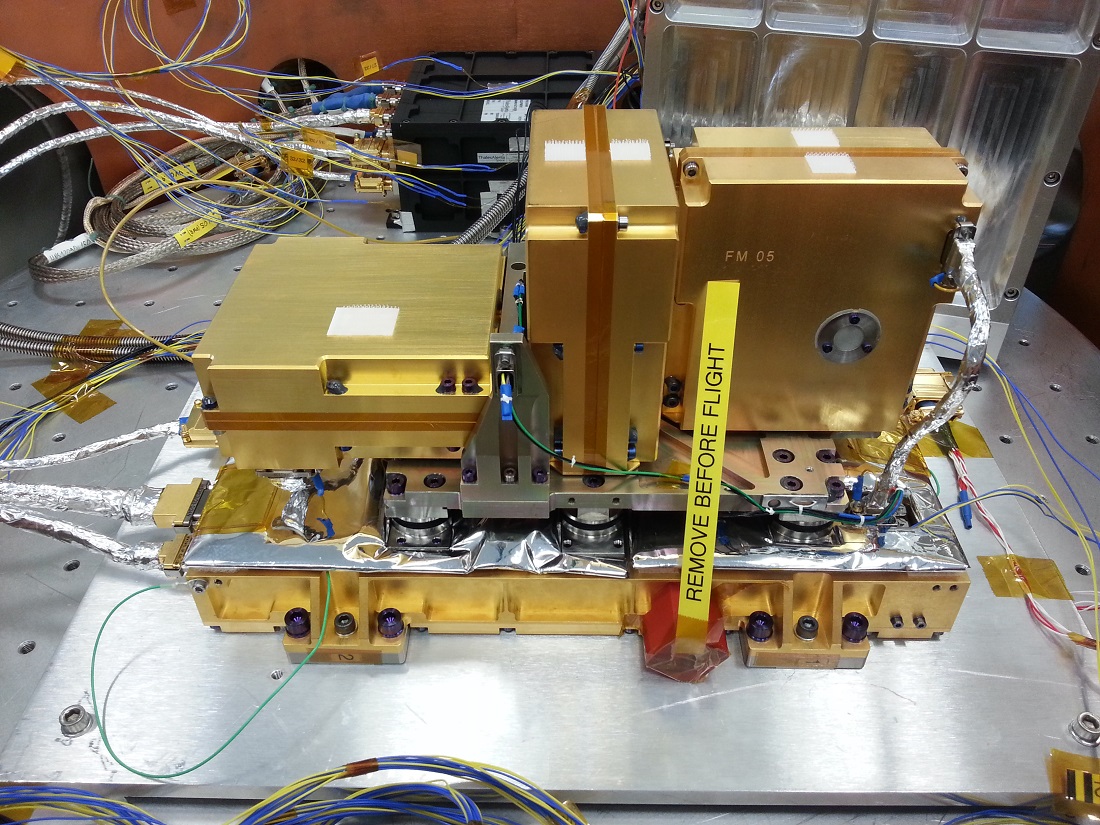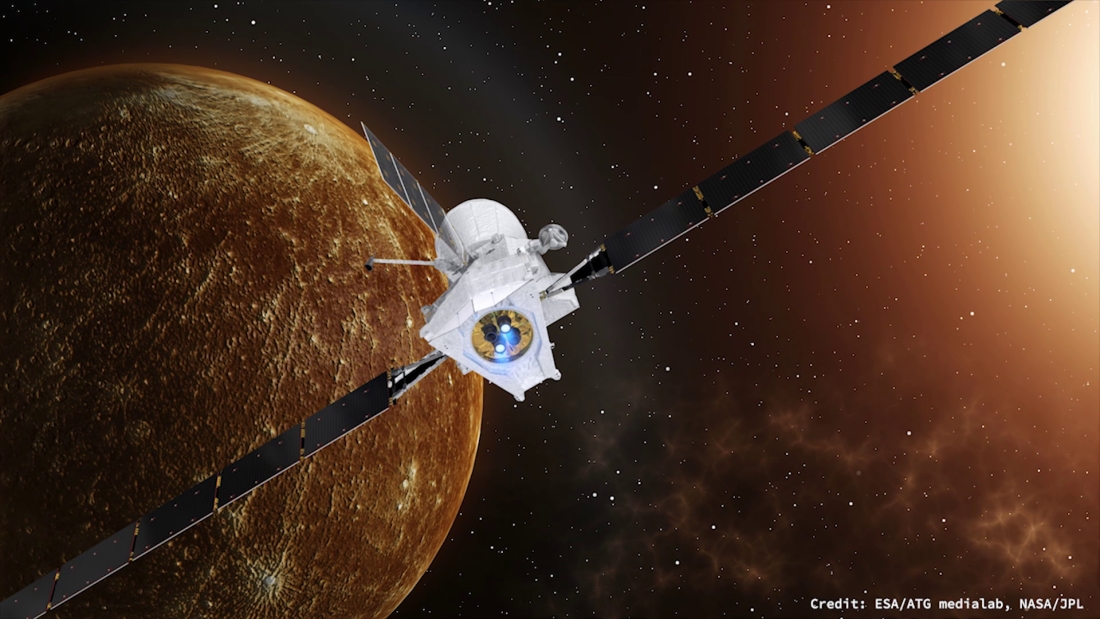BepiColombo: ISA, the spring thing instrument
BepiColombo was successfully launched by an Ariane 5 rocket from Europe’s Spaceport in Kourou, French Guiana at 01:45 GMT on October 20, 2018. A joint mission by the European Space Agency (ESA) and the Japan Aerospace Exploration Agency (JAXA), under ESA leadership, BepiColombo is the first European mission to Mercury, the smallest and least explored planet in the inner Solar System. The mission comprises two operational modules: the Mercury Planetary Orbiter (MPO) to map the planet and the Mercury Magnetospheric Orbiter (MMO) to investigate its magnetosphere, in addition to a transfer module that will propel the composite spacecraft to Mercury. The MPO’s payload comprises eleven instruments, including ISA (Italian Spring Accelerometer), developed by Thales Alenia Space in cooperation with the National Institute for Astrophysics (INAF).
We asked Maurizio Balasini (Science Equipment Program Manager at Thales Alenia Space) to explain this project.
Maurizio, what’s your role on this instrument, and what’s its purpose?
I have been the ISA project manager since the A/B1 phase started in 2007, continuing through phase A2/B/C and now phase E1. The main goal of ISA is to measure, with very high accuracy, the non-gravitational accelerations acting on the MPO (Mercury Planetary Orbiter), which are an important source of error in the Radio Science Experiment.
How does ISA work?
ISA is composed of three sensing elements arranged in a suitable configuration, with each one measuring a one-dimensional component of the overall acceleration signal. These three channels can then be combined in order to obtain the total non-gravitational acceleration vector acting on a given reference point.
Each sensing element is an electromechanical mass-spring oscillator with one degree of freedom. A moving mass is attached to an external frame by a thin blade that acts as the spring. The whole system is made from a single piece of aluminum.
Accelerations acting on the frame excite the oscillator, whose motion is detected by two pick-up capacitors which are part of a capacitance measurement bridge: the resulting voltage signal is then processed by sophisticated electronics (including software). Several other capacitors acting on the moving mass are used for control purposes, notably for internal instrument calibration.

More specifically, how will ISA help us study Mercury?
ISA will play an essential role along with MORE (Mercury Orbiter Radio science Experiment) in the RSE (Radio Science Experiment) carried out by BepiColombo.
Acceleration measurements by ISA make an essential contribution to the high precision characterization of the MPO’s orbit, which the RSE needs to meet its scientific objectives.
When we will receive initial feedback from the experiment?
As soon as ISA is switched on during the in-orbit commissioning phase after the launch, we will know if it is working, and measuring the acceleration along all axes.
The main feedback at this first stage will be knowing the real proof mass position in zero gravity in relation to the ideal centered one. Furthermore, that will show us that ISA is not affected by the out-of-band noise generated by the spacecraft.
More detailed verifications will obviously require in-flight calibration and then tuning ISA’s operating parameters.
What’s it like being part of this mission?
BepiColombo is really a special mission. It is Europe’s first mission to Mercury, the spacecraft will take seven years to get there and it will be facing very extreme temperatures. It’s been a real challenge developing ISA to deliver the expected performance, given the demanding requirements.
My team and I spent a lot of time over many years finding solutions to different issues. We are very proud of the work accomplished. Now we can’t wait to turn on ISA as soon as possible and make sure it’s operating correctly.
En route to Mercury with Thales Alenia Space

This European mission is led by Airbus Defence & Space as prime contractor, working on behalf of ESA. Thales Alenia Space is part of the industry core team, coordinating 35 different European companies. In particular, Thales Alenia Space is in charge of telecommunications, thermal control and the electrical distribution system, as well as integration and testing of the overall spacecraft, plus support services during the launch campaign. The company is also supplying X and Ka-band transponders, onboard computers, mass memory and the 1.1 meter high-gain antenna used for communications between spacecraft and ground, along with the scientific experiment for the radio mission. This antenna is derived from the model developed for the successful Cassini-Huygens mission.
Copyrights:
BepiColombo: ©ESA/ATG mediaLab - Mercury: ©NASA/JPL
ISA instrument: © Thales Alenia Space